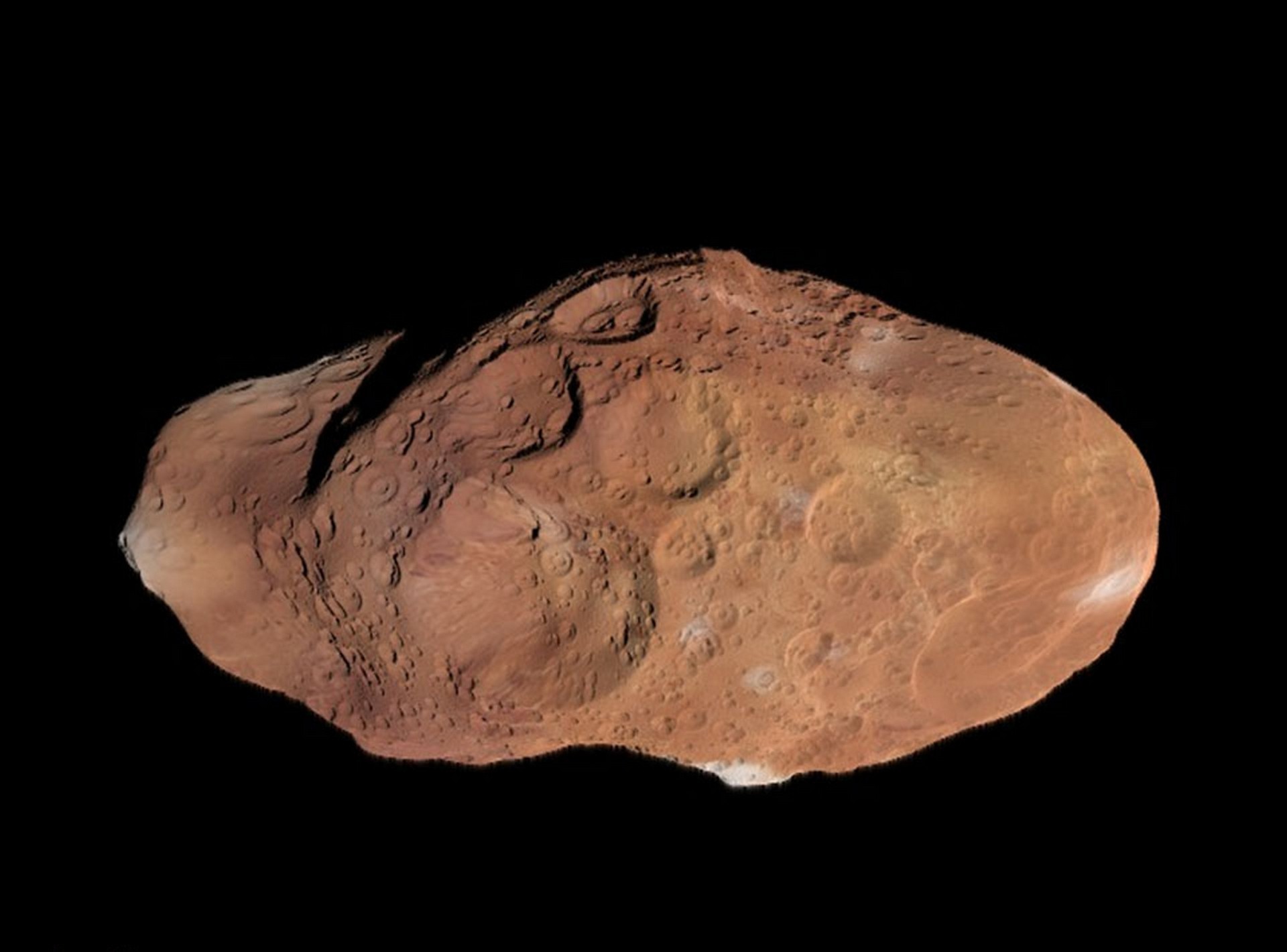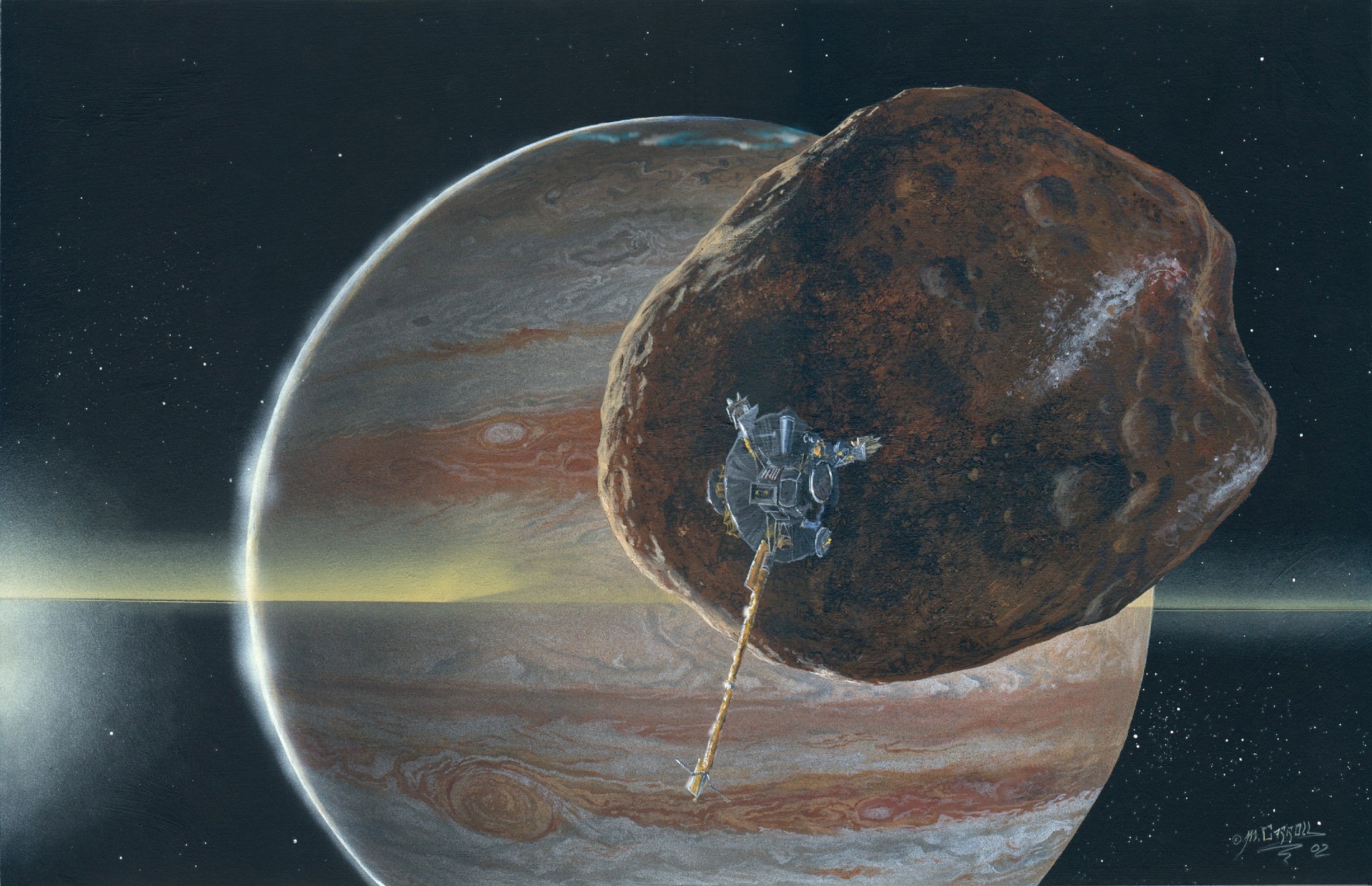This little moon, which is around the size of a tiny US state, is being seen by many for the first time. Amalthea, the third-closest satellite to Jupiter, provides some of the most breathtaking vistas of the Solar System, with Jupiter, its gigantic host planet, taking center stage. Previous satellite investigations, particularly those made by the Galileo probe in 2000, revealed that Amalthea may not be a solid mass like other moons due to this gravitational force.
Instead, its surface appears to be a loosely held collection of rock and minerals bound by weak gravity. Its Mars-like reddish hue likely comes from sulfur emissions from the nearby moon Io. NASA’s Juno probe recently made its first close encounter with Amalthea during its series of 53-day orbits around Jupiter, having completed at least 59 so far.

Appearing as a small speck near Jupiter’s Great Red Spot, these images show that Jupiter’s inner orbit is more populated than expected. With just over 110,000 miles separating Amalthea from Jupiter’s upper atmosphere, a significant cosmic event could potentially send the moon into a fiery collision with Jupiter.
The volcanic emissions from Io might degrade Amalthea first, though. Additionally, tidal forces and thermal radiation from Jupiter cause Amalthea to emit more heat than it receives from the Sun, a rare phenomenon outside the Jovian system. Amalthea’s close encounter with the Juno probe offers an excellent opportunity to raise awareness and appreciation for non-Galilean moons.

